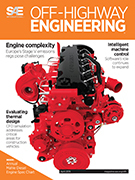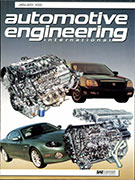Magazine

SAE Powertrain & Energy 2012-07-25
2012-07-25
The row about rare earths Rare-earth elements are key to applications as varied as traction motors, catalytic converters, and wind turbines, but high prices and supply shortages have the auto industry grappling with design changes and other alternatives.












